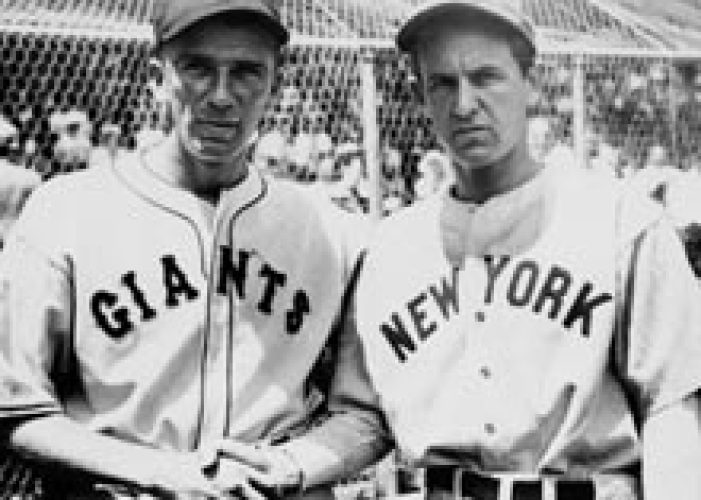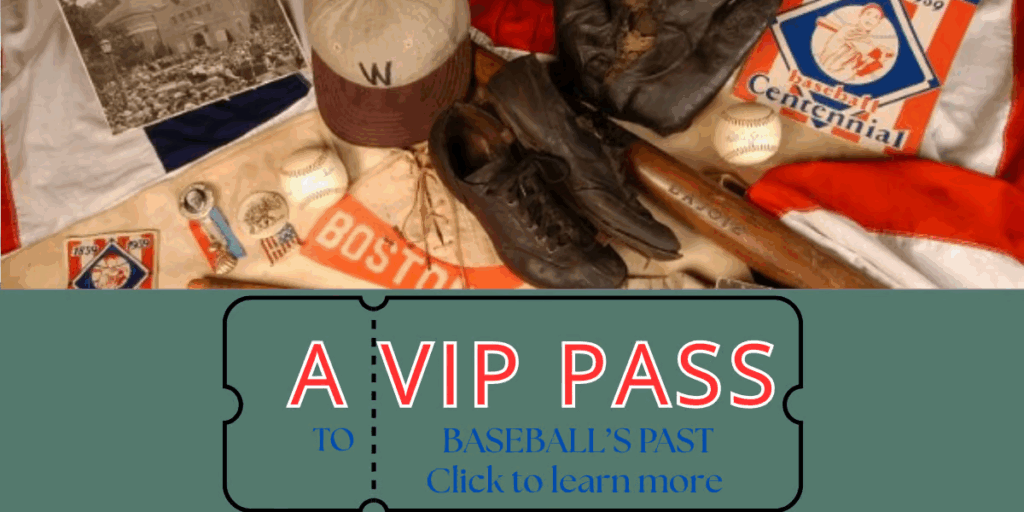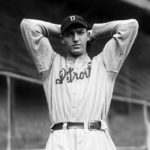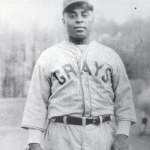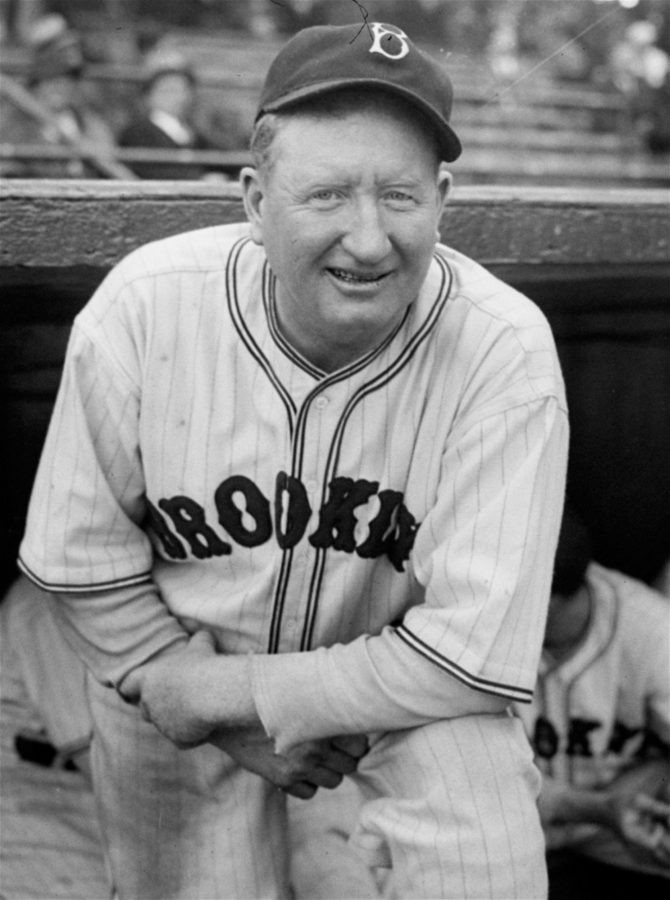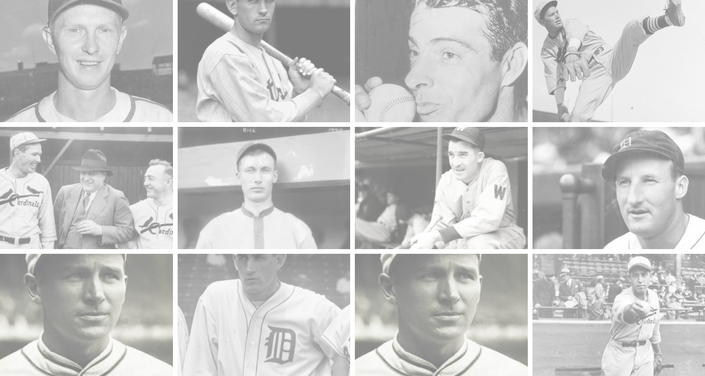On July 10, 1934, The second All-Star Game belonged to Carl Hubbell. On the afternoon of July 10 — on the mound of his home park, New York’s Polo Grounds — he turned in perhaps the most spellbinding bit of pitching ever seen in baseball.
Hubbell began the game by getting into hot water — very hot. Charlie Gehringer led off with a single and moved to second on an outfield bobble. Heinie Manush drew a walk and King Carl was facing Ruth, Gehrig and Foxx with two on, none out.
Hubbell began turning over his screwball with uncanny precision. It was a delivery designed to break the backs of free swingers. Ruth (who three days later hit his 700th homer), took a called third strike, looking “decidedly puzzled,” according to one account. Gehrig went down swinging mightily and warned Foxx on his way back to the dugout, “You might as well cut. It won’t get any higher.” The advice didn’t help; Foxx went down on strikes.
In the second, Hubbell faced Al Simmons (who went into the 1934 season with a 10-year .355 average) and he struck out, too. Hubbell made it five in a row when he struck out Joe Cronin.
Joe Dickey ended the string with a single to left. “I was happy to see that,” Gehringer said. “It was starting to get embarrassing.” Hubbell ended the inning, though, by striking out Lefty Gomez.
Hubbell’s achievement of striking out, in succession, five of baseball’s greatest hitters will always be the glowing memory of the ’34 All-Star Game. And the capstone of Hubbell’s career. After three scoreless innings he leaves with the National League ahead, 4 – 0. The American League rallies, scoring nine runs off Lon Warneke, Van Mungo and Dizzy Dean, while Mel Harder pitches five shutout innings in relief of Red Ruffing to hold the lead. Frankie Frisch and Joe Medwick hit homers. Earl Averill’s three RBI are decisive for the AL’s 9 – 7 victory. Hubbell himself will gain election to the Hall in 1947.
All-Star Game History
All-Star Game Radio Broadcasts

